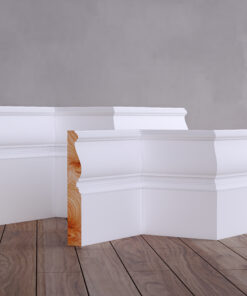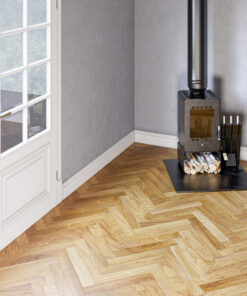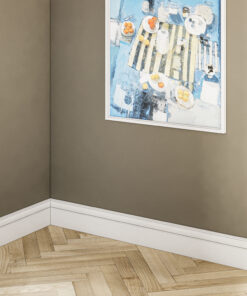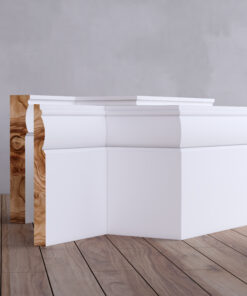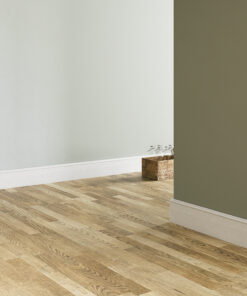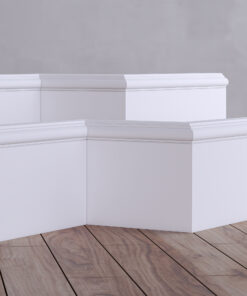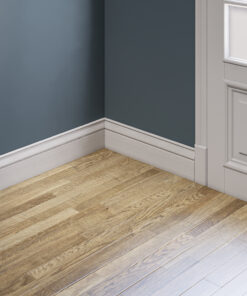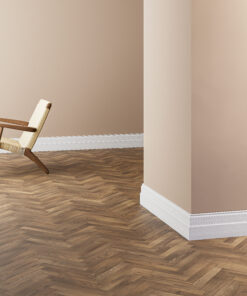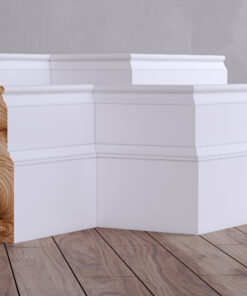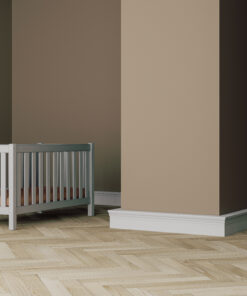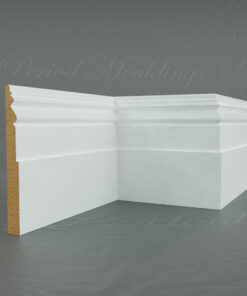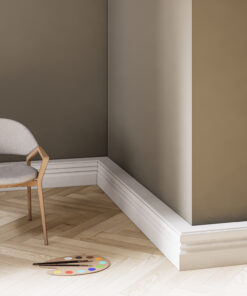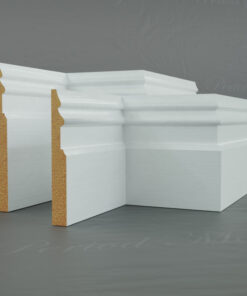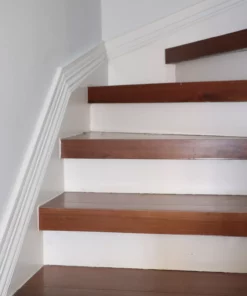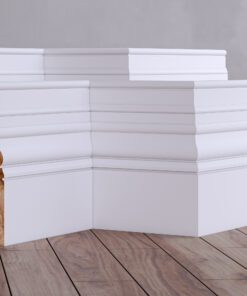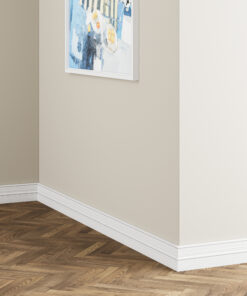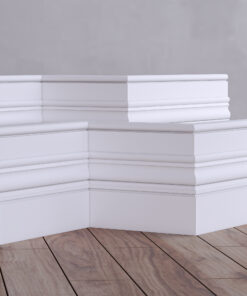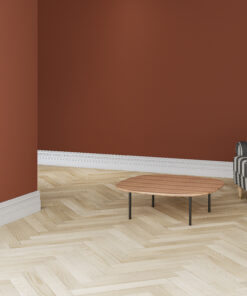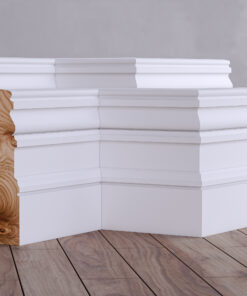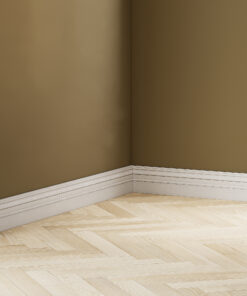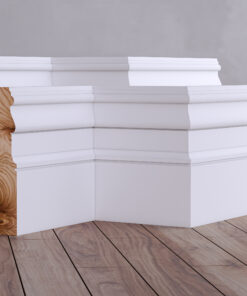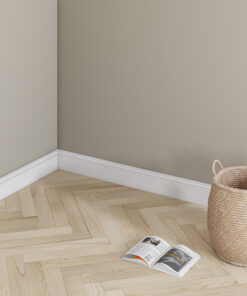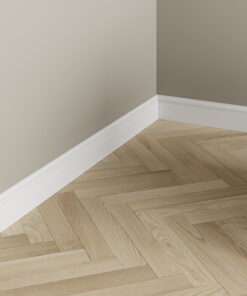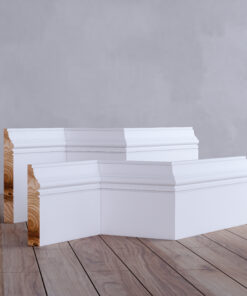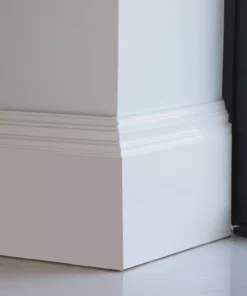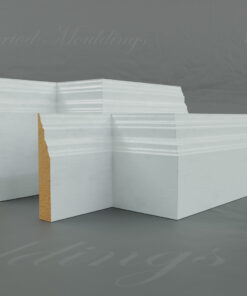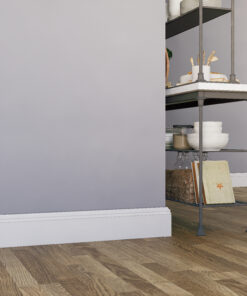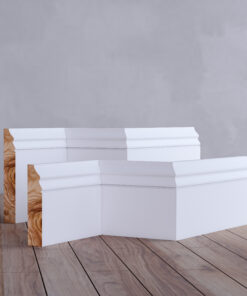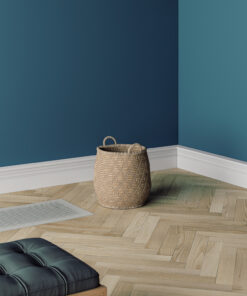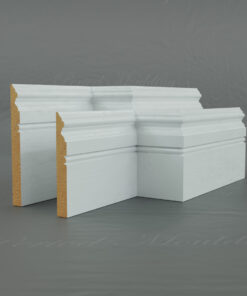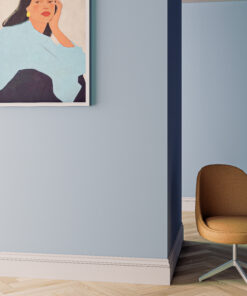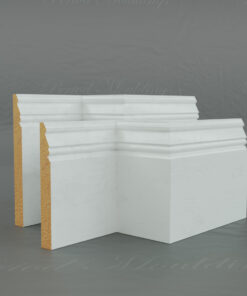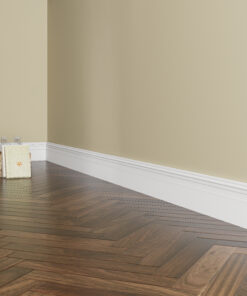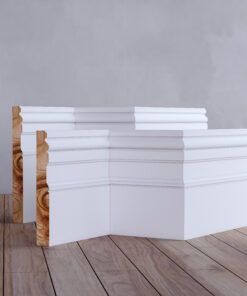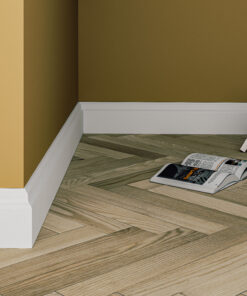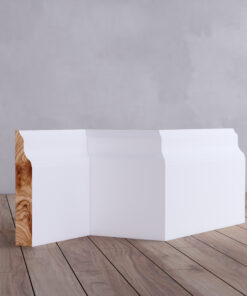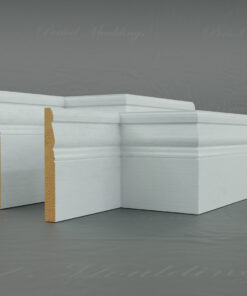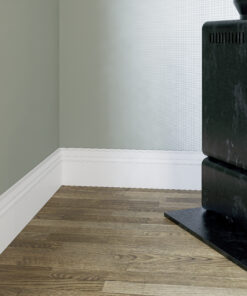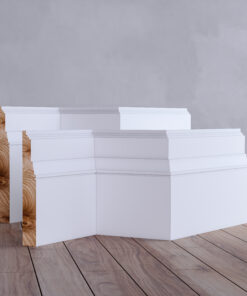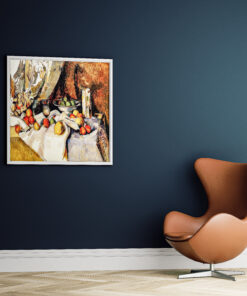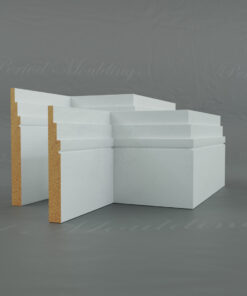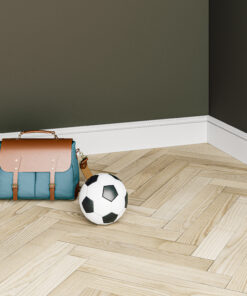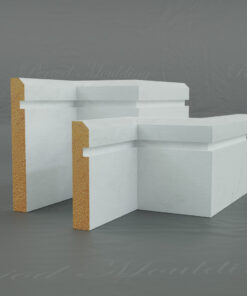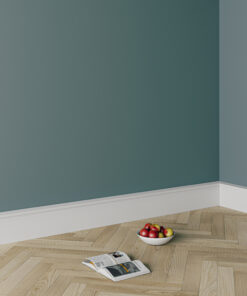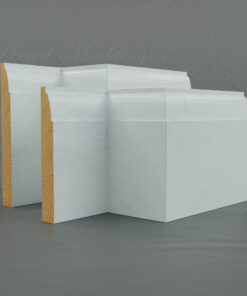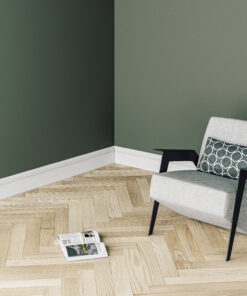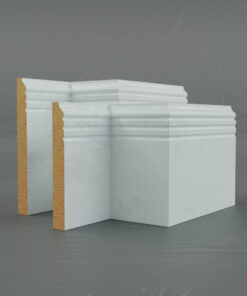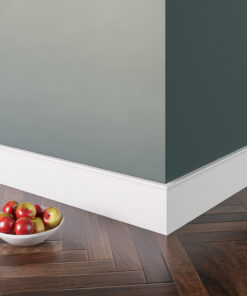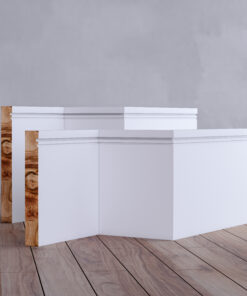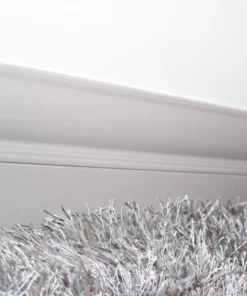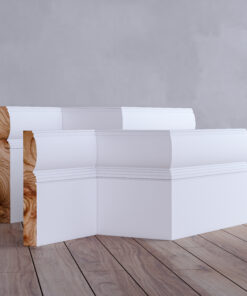Painting the woodwork in your living room, or anywhere in the home, is an art that is often neglected. Done well it can make a huge difference, and can frame your room perfectly, and done badly it is something you will notice and that will irritate you forever until you decide to do it again.
Follow this advice guide and make sure you do it right first time.
Contents
- Before painting your skirting boards
- Painting your skirting boards
- After painting your skirting boards
Georgian Skirting Boards
Exclusively From Period Mouldings
Before painting your skirting boards
- You should make sure you clean down your skirting boards as vital preparation before painting them. This can be done with warm, soapy water and will remove any grease, dirt or marks from the skirting boards. You can also look to repair any cracks or screw holes that have been left unattended to.
- Give your skirting boards a light sand at this point, which is particularly important if the boards have been previously painted. This will remove the layer of paint and allow the new coating of paint to bond better with the wood. This ensures a more even finish and will also help to ensure the new paint doesn’t chip or fade as quickly, because it is better adhered to the wood.
- Once you have sanded the boards, wipe over them with a damp cloth, this will remove any excessive dust from the boards which you might not be able to see. Any dust left will otherwise be painted into the boards, and while you might not be able to see it now, it will affect the finish and be visible once painted.
- Sweep up any remaining dust from the floor or carpet before you start painting. This can very easily be blown onto your wet paint and again, will adhere to it and affect the quality of your finish.
- Apply masking tape to as many areas as you can, especially the top edge of the skirting board, for clean paint lines. If possible, tape along the floor too, though this can be tricky with carpets unless you use a tool and strong tape. Dust sheets are an option but less effective.
Victorian Skirting Boards
Exclusively From Period Mouldings
Painting your skirting boards
- You should choose a brush that has a two inch or 5cm head. This will allow you to get good coverage of the skirting boards, but will also enable you to keep control of the lines at the top and bottom of the skirting.
- If you are painting on to bare wood you will need to use a proper primer undercoat first. You should also check if this needs a light sand after this first coat, but try to avoid it if possible.
- For a top coat or previously painted boards, choose a suitable paint—typically gloss, satin, or eggshell.
- Paint in the direction of the grain, where you are painting onto natural wood. You should use long and even brush strokes to create the best finish. In sections of about one metre, paint along the top edge of the skirting board, then along the bottom edge, and then fill in the middle section to create an even finish.
- Solvent-based paints will take around 24 hours to dry properly, while water-based paints will take less time to dry. However, once dry you should apply a second coat, taking note that there is no need to sand the boards between coats.
Edwardian Skirting Boards
Exclusively From Period Mouldings
After painting your skirting boards
- Remove the masking tape carefully, but you need to pick the right point at which to do this.
You don’t want to wait until the paint is completely dry, as inevitably the masking tape will have stuck to some sections and here you will leave marks, lines or residual tape or will tear away the paint altogether. Equally, don’t remove the tape until large sections of the paint has dried sufficiently that it won’t then drip on your carpet or floor.
Contemporary Skirting Boards
Exclusively From Period Mouldings



